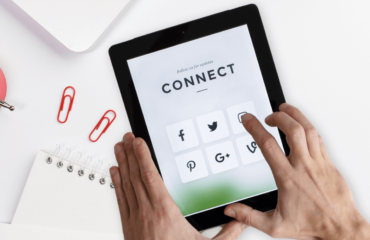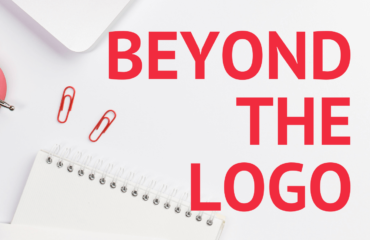It is a common misconception to view branding and design as unnecessary expenses rather than strategic investments. Disregarding these functions is akin to neglecting the very essence of a company’s identity and its ability to connect with customers on a deeper level. Branding and design serve as the visual and emotional anchors that distinguish a company from its competitors, leaving a lasting impression on consumers. To overlook the importance of branding and design is to underestimate their power in shaping perceptions, driving customer loyalty, and ultimately impacting the bottom line.
Creativity isn't just about aesthetics; it is a strategic asset driving business success through brand differentiation, innovative problem-solving, and the development of customer-centric solutions.
In today’s rapidly evolving business landscape, design and creativity have emerged as indispensable catalysts for success. Beyond mere aesthetics, they play a pivotal role in driving business outcomes, enhancing brand perception, and fostering customer loyalty. In this short article, we delve into the transformative power of creative and visual communication, highlighting their critical importance in shaping a company’s success.
Creativity and Brand Design – Empathy Leads to Brand Innovation:
At the heart of effective brand design lies creative intelligence, which revolves around understanding the needs and desires of customers to create innovative solutions. By adopting a human-centered approach, organizations can gain deep insights into customer preferences, pain points, and aspirations, allowing them to develop brand identities and experiences that truly resonate with their target audience.
Research reveals that companies prioritizing design outperformed their competitors by a remarkable 228% over a ten-year period. This underscores the direct correlation between creativity and brand success. For instance, Airbnb disrupted the hospitality industry by placing design at the heart of its business strategy. Through a meticulous understanding of the emotional aspects of travel – travelers’ needs, desires, and pain points, the company transformed the way people search for and experience accommodation. This customer-centric design approach propelled Airbnb to become a global phenomenon, challenging traditional hospitality players and capturing significant market share.
Enhanced Brand Experience – A Competitive Advantage:
In an era where brand experience reigns supreme, organizations must prioritize visual communication, and design to deliver exceptional experiences. A well-crafted brand identity, compelling storytelling, and consistent communication can differentiate a brand from its competitors, leaving a lasting impression on customers.
Studies indicate that companies that prioritize brand experience see significant increases in brand loyalty and market share. Moreover, investing in creative intelligence and design can lead to long-term brand value and sustainable growth. One notable example of creativity-driven brand experience is Apple. Through its innovative product designs, captivating marketing campaigns, and seamless visual communication, Apple has not only secured a loyal customer base but also established itself as a cultural icon and market leader in various product categories.
Creativity as a Strategic Business Tool:
Creativity extends far beyond aesthetics; it is a strategic business tool that can drive innovation, market differentiation, and long-term brand success. By integrating creativity, design, and communication into all aspects of the organization, from product development to marketing and beyond, companies can reimagine their brand identities and seize new opportunities.
Research demonstrates that creativity-driven organizations experience higher revenue growth and shareholder returns compared to their counterparts. This highlights the tangible business impact that creativity can have.
Consider Nike, for example. Beyond its renowned sports apparel and footwear, Nike’s creativity-driven approach encompasses innovative marketing campaigns, collaborations with athletes and artists, and groundbreaking product designs. This holistic integration of creativity, design, and communication has propelled Nike to become a global leader in the sportswear industry and a symbol of inspiration and performance excellence.
Conclusion:
Creativity and brand design are not frivolous expenses; they are strategic imperatives that drive business value and long-term success. By embracing creativity and prioritizing design and communication, organizations can tap into the transformative power of empathy, create exceptional brand experiences, and gain a competitive edge in the market. As companies recognize the business value of creativity and brand design, they position themselves for innovation, customer loyalty, and sustainable growth. Embrace the power of creativity, and unleash the full potential of your brand.





